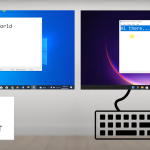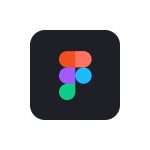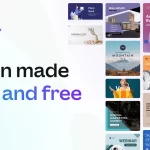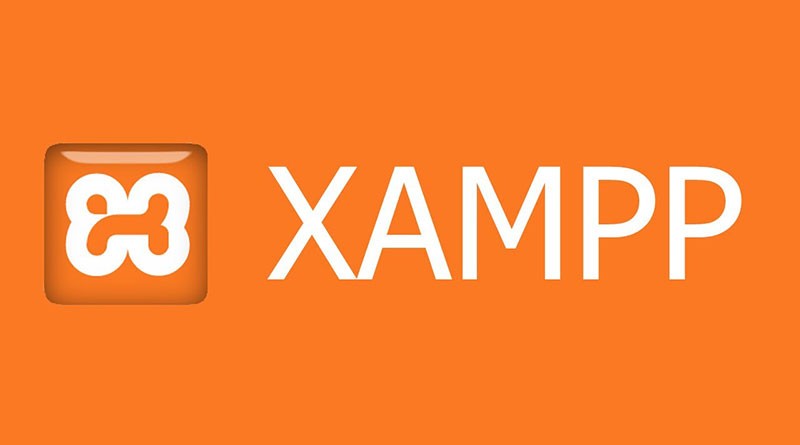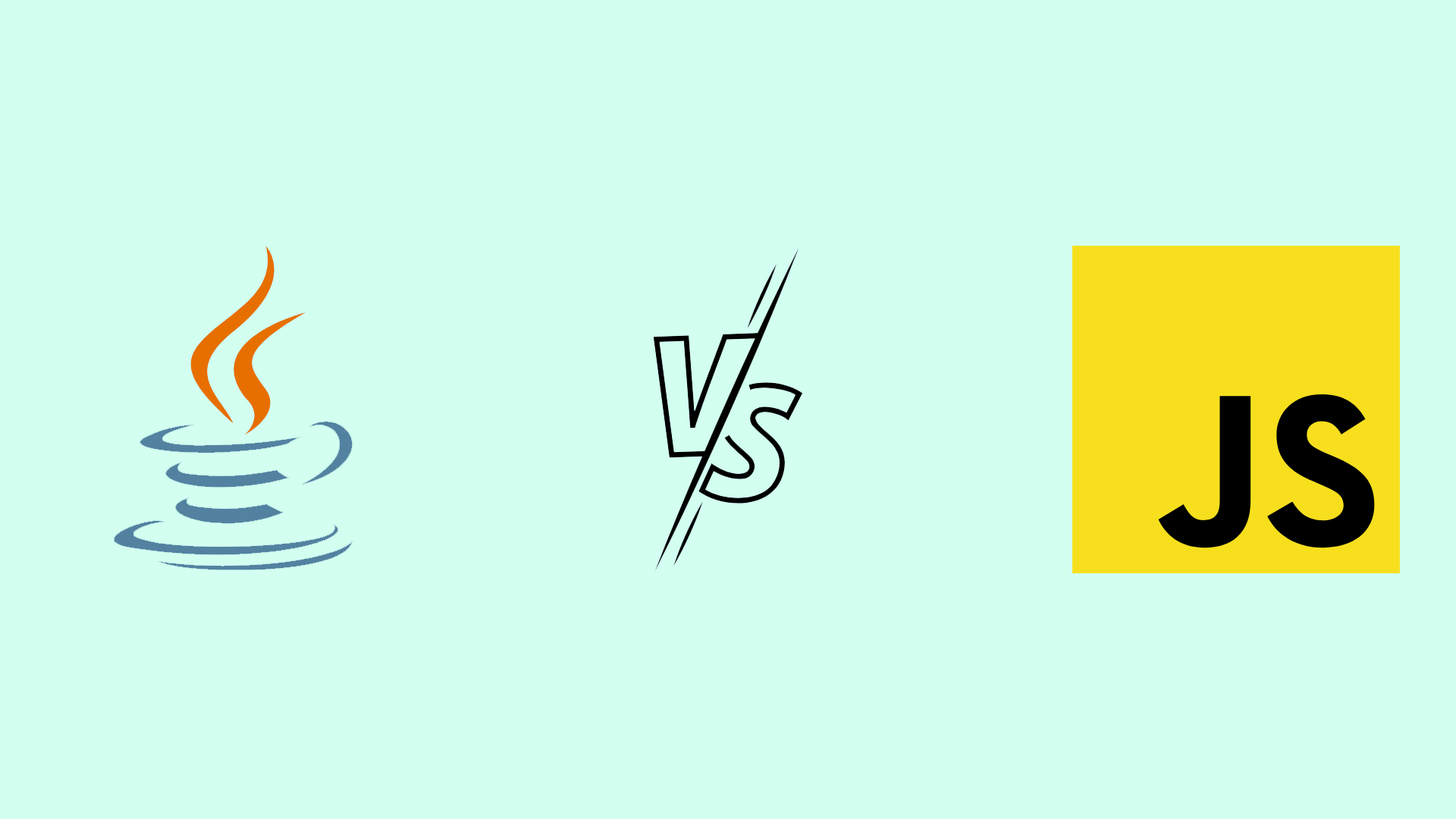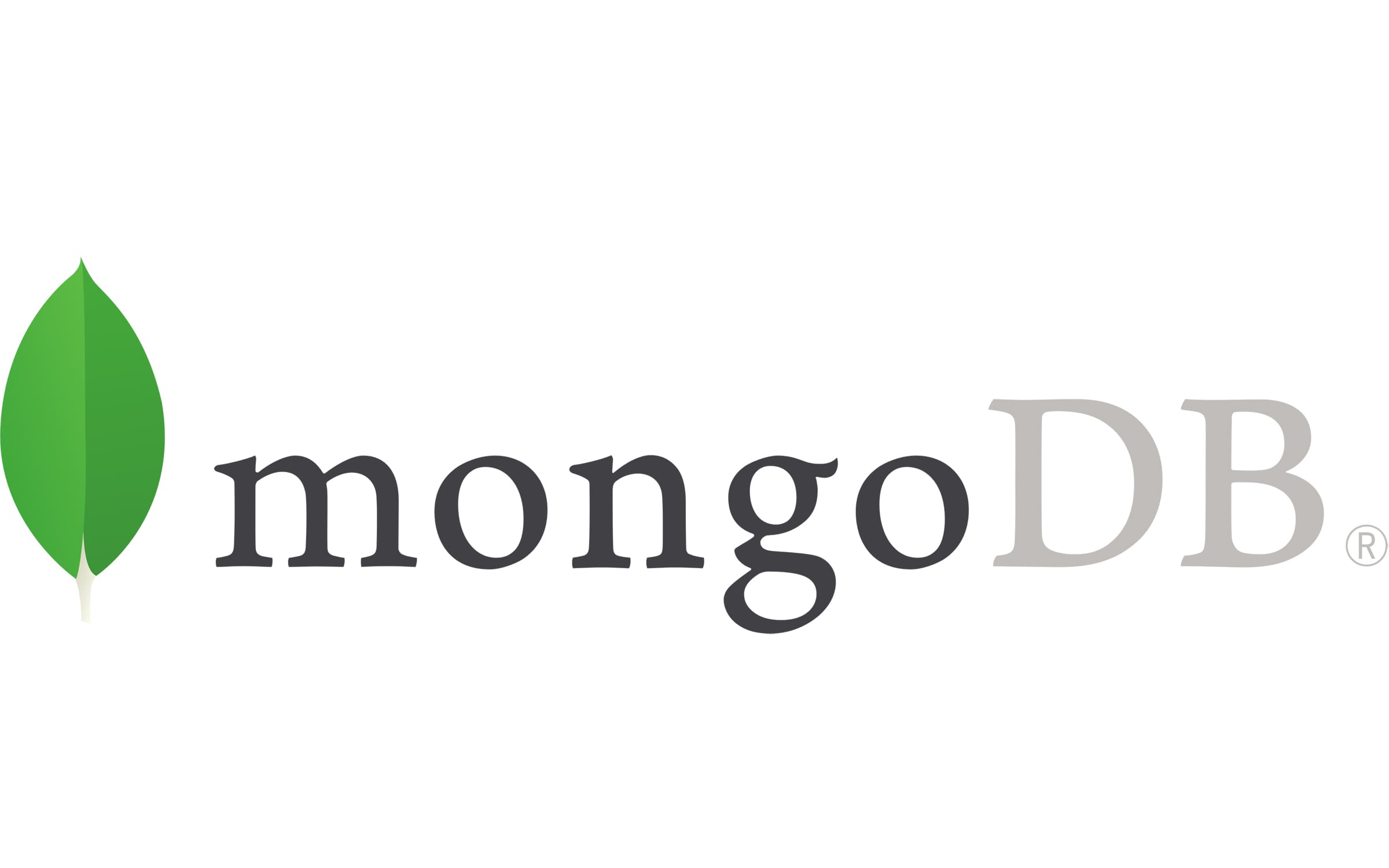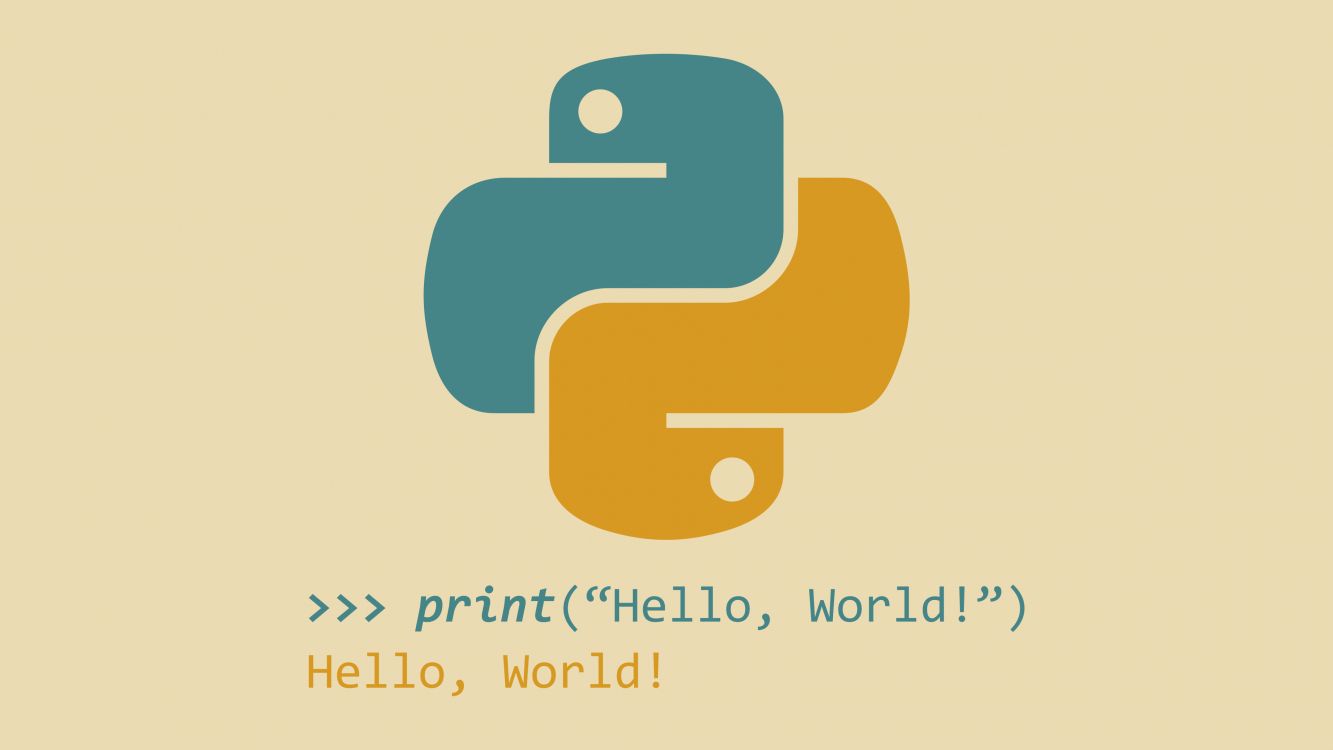How to Learn Coding: Step by Step Guide
Table of Contents
Introduction: Unveiling the World of Coding
In this section, you’ll set the tone for your blog post and emphasize the importance of coding and Learn Coding in today’s tech-driven world. You can share a personal story or an interesting fact that captures the reader’s attention. The goal is to pique their curiosity about learn coding and highlight the potential opportunities that coding skills can offer.
1. Lay the Foundation: Understanding the Basics
While first step to Learn Coding, you’ll break down the concept of coding in simple terms. Explain that coding involves giving instructions to a computer to perform tasks. Introduce fundamental concepts like algorithms (step-by-step instructions), variables (placeholders for data), and loops (repeating actions). Emphasize that coding is essentially about problem-solving and creativity, where you get to tell the computer what you want it to do.
2. Choosing Your First Language: Where to Begin
Discuss popular programming languages like Python, JavaScript, and Ruby. Explain that each language has its own strengths and applications, but for beginners, it’s important to choose a language that’s beginner-friendly and widely used. Describe the factors to consider when selecting a language, such as the community support, resources available, and the type of projects you’re interested in.
3. Learning Resources: Your Path to Proficiency
This section is all about the resources available for learn coding. Mention online courses from platforms like Codecademy and Coursera, as well as free tutorials and coding websites. Recommend books and YouTube channels that offer clear explanations and examples. Emphasize the importance of hands-on practice and building real projects to solidify your understanding.
4. Getting Hands-On: Practical Steps to Dive In
Guide readers through the process of setting up their coding environment. Explain what an IDE (Integrated Development Environment) or code editor is and recommend beginner-friendly options. Break down the structure of a basic code, including statements (commands), syntax (rules for writing code), and comments (explanations within the code). Walk Compendiums through writing a simple” Hello, World!” program, which is first program in coding world.
5. Embracing Challenges: Overcoming Roadblock
Acknowledge that learning to code can be challenging and frustrating at times. Address common roadblocks like feeling overwhelmed or experiencing imposter syndrome (doubting your abilities). Offer practical advice for staying motivated, such as setting achievable goals, taking breaks, and celebrating small victories. Encourage readers to view challenges as opportunities for growth.
6. Building Block by Block: Progressing Your Skills
Introduce more advanced coding concepts like functions (reusable blocks of code), conditional statements (making decisions in code), and data structures (organizing and storing data). Suggest that readers tackle small projects to apply these concepts in real-world scenarios. Mention that hands-on experience is crucial for building confidence and expertise.
7. Collaboration and Learning: Engaging with the Coding Community
Highlight the value of engaging with other learners and experienced developers. Encourage readers to participate in coding meetups, hackathons, and online forums to share ideas, ask questions, and learn from others. Emphasize that the coding community is supportive and can provide valuable insights and guidance.
8. The Art of Debugging: Finding and Fixing Errors
Explain that bugs (errors) are an inevitable part of coding. Describe the debugging process, which involves identifying and correcting errors in your code. Provide strategies for effective debugging, such as reading error messages, using print statements, and isolating problematic code. Stress the importance of patience and persistence when troubleshooting.
9. Going Beyond: Exploring Specializations and Advanced Topics
Encourage readers to explore specialized areas of coding, such as web development, data science, machine learning, or game development. Mention that as their skills grow, they can delve deeper into these fields. Recommend resources for advanced learning, such as online courses, specialized books, and conferences.
10. Never Stop Learning: Cultivating a Lifelong Coding Journey
Explain that coding is a constantly evolving field, and continuous learning is key to staying relevant. Share resources for staying updated, such as following coding blogs, subscribing to newsletters, and participating in online coding challenges. Encourage readers to embrace a growth mindset and view coding as a lifelong journey of exploration and discovery.
Conclusion: Your Coding Adventure Awaits!
Summarize the main points of the guide and reiterate the excitement of embarking on a coding journey. Express confidence in the reader’s ability to learn coding and encourage them to take the first step. Invite readers to share their experiences, questions, and progress in the comments section, fostering a sense of community and support.
Check out blog on History of Computers : From Vacuum Tubes to Virtual Reality

